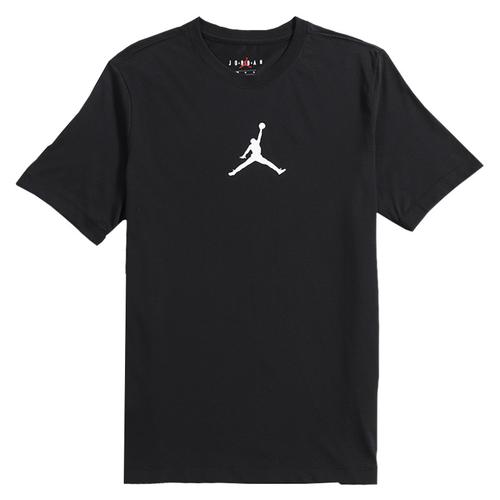When choosing professional attire that suits you, you need to consider the following aspects, which can help you understand the matching skills of professional attire:
1. Professional environment: First of all Consider the characteristics of your occupation and work environment. Different occupations may have certain dress requirements, such as formal, business, or casual. Choose appropriate professional attire according to the requirements of the professional environment.
2. Color selection: In terms of color selection for professional attire, it is recommended to choose some classic, neutral colors, such as black, gray, dark blue, etc. , making it easier to match with other outfits and create a formal, professional look.
3. Cut and size: The cut and size of business attire are very important, as they determine the overall effect of the wear. Choose a cut that fits well but is not too tight, which can not only maintain the professional feel of business attire, but also show your personal temperament and figure advantages.
4. Details: The details of professional attire are also very important. For example, choosing a moderate neckline design, moderately modified cuffs, etc., and paying attention to details can enhance the overall professional image.
5. Matching style: According to your own style and preferences, you can choose the appropriate style of professional attire. For example, for formal wear, you can choose suits, shirt skirts, etc.; for casual wear, you can choose slim-fitting trousers, dresses, etc. You can choose appropriate accessories such as belts, scarves, handbags, etc. to enhance your overall professional image.
6. Comfort considerations: Business attire must not only look professional, but also maintain a certain level of comfort. Choose business attire with good breathability and soft fabrics to ensure comfort at work while projecting a confident and professional image.
When choosing professional attire that suits you, you need to comprehensively consider factors such as the professional environment, color selection, tailoring and size, detail processing, matching style, and comfort. The most important thing is to find professional attire matching skills that suit your professional image and show your personal charm based on your own style and work needs.






